When many people think of accessibility, they think of elevators, handicap parking spots, and big bathroom stalls; but a truly accessible building or campus is so much more than simple adherence to governmental guidelines. And while Winona State University has some strong programs in place to facilitate accessibility for all students, there is still some work to be done to foster the most accessible environment possible.
Director of Access Services, Gale Lanning, works mostly with students who need academic accommodations, but also works hand in hand with other departments like Human Resources and the Title IX coordinator to make Winona State accessible for all students with cognitive, behavioral, learning, or physical disabilities. She says, “It’s not just one person. It’s a village, in the sense of a lot of people are getting together and making sure that everything is in order and working how it needs to for a particular student.”
Unfortunately, the historic buildings of Winona State were not originally built to be very accessible, and adding measures of accessibility is often costly and difficult to do, due to the historic value of the building.
For example, Gildemeister Hall has classrooms on the first floor that are tiered—no student in a wheelchair could get from the top of the classroom down to where the professor is teaching. Furthermore, Lanning points out that neurodivergent students and students with learning disabilities sometimes struggle in classes at Winona State.
“Society has an 1856 style of learning in the classroom, and everybody learns differently, and I think our professors do a very good job of adjusting, I really do— but I think as an institution we need to be educated more on different styles that we can be providing on teaching different people.” Lanning said. Further education both on physical disabilities as well as cognitive and learning disabilities can go a long way in creating a more equitable campus.
Payden Bainbridge is a fourth-year student studying public health. She has also been the student services chair on student senate for the past two years. Inspired by a disability cultures class and moved by empathy for students who do not feel like they have access to campus in the way an able-bodied person does, she has done extensive research on Winona State’s accessibility, and she has concluded that Winona State is not fully accessible.
It may be ADA compliant, but as Bainbridge points out, “accessibility is not just ADA compliant.” She believes that while Winona State has strong academic accessibility, it lacks physical accessibility.
A big point of emphasis for her is the location of the Access Services office. In a survey she conducted of 334 students, she asked whether they knew where Access Services was located and whether its location was a barrier to going there. 11% of those students said that yes, physical location of Access Services was a barrier to them going to get the help they need.
“Why is the place where students are supposed to go to get assistance the farthest building away from all the residence halls, the farthest building away from everything else?” Bainbridge said. “And then you’re way over in Maxwell and it’s on the third floor hidden in the hallway in the back corner.”
She argues that if there are only a few students on campus who need accessibility accommodations, that is a problem. There should be more than just a few, because disability representation is part of what creates a diverse and inclusive campus.
“The big thing that I really wanted administration to see was just because we’re ADA compliant does not mean we’re accessible. And the biggest thing that I pitched to them is if we make Winona State a more accessible campus, you’re going to make it an environment where students who do have physical disabilities want to come,” Bainbridge said. “Winona State is such a great opportunity for people to come and learn…and it’s such a great place to come to figure out who you want to be after you’re done living in college. And I would hate to see students not be able to do that because of inaccessibility.”
There is hope, however, for a more accessible Winona State.
Dr. Mohamed Ahmed, Associate Vice President for Equity and Inclusive Excellence and Chief Diversity Officer at Winona State, agrees that disability representation is a vital part of a diverse and inclusive campus.
“We want to foster a campus culture that values disability inclusion as an essential part of diversity.” Dr. Ahmed said.
Three main measures are in the works to foster a more accessible campus. The first is a project by the name of the Minnesota Equity 2030 initiative. Dr. Ahmed said that it is “a unique opportunity to position WSU as a leading institution in advancing equity and access across the state.”
Bainbridge wants to make sure that the focus of this initiative is disability representation. She says that the initiative “falls under those with disabilities, of different races, different ethnic backgrounds, and foreign exchange and international students. It all falls under that. And so it’s a step that we could take as a university to be like, okay, we might only have two people in a wheelchair— why not 20?”
Another measure that Winona State is taking to become more accessible is through student senate currently attempting to form a student disability work group to advise administration on how to make campus more accessible going forward. This leads into another hope for the future of accessibility at Winona State, which is the CECIL building. The CECIL building, while temporarily put on hold due to lack of funding, will be a brand-new academic building. This could be the chance to create a fully accessible building, so that every single individual on campus can have easy access to the buildings they pay to learn in.
Diversity is the heartbeat not just of college life, but the world beyond it. When people can accept, respect, and learn from one another’s unique background and life experiences, they will inevitably reject harmful stereotypes and divisive preconceived notions. And when a campus is accessible to and inclusive of not just the few, but the many, it attracts all kinds of people, and that diversity makes it so much stronger.



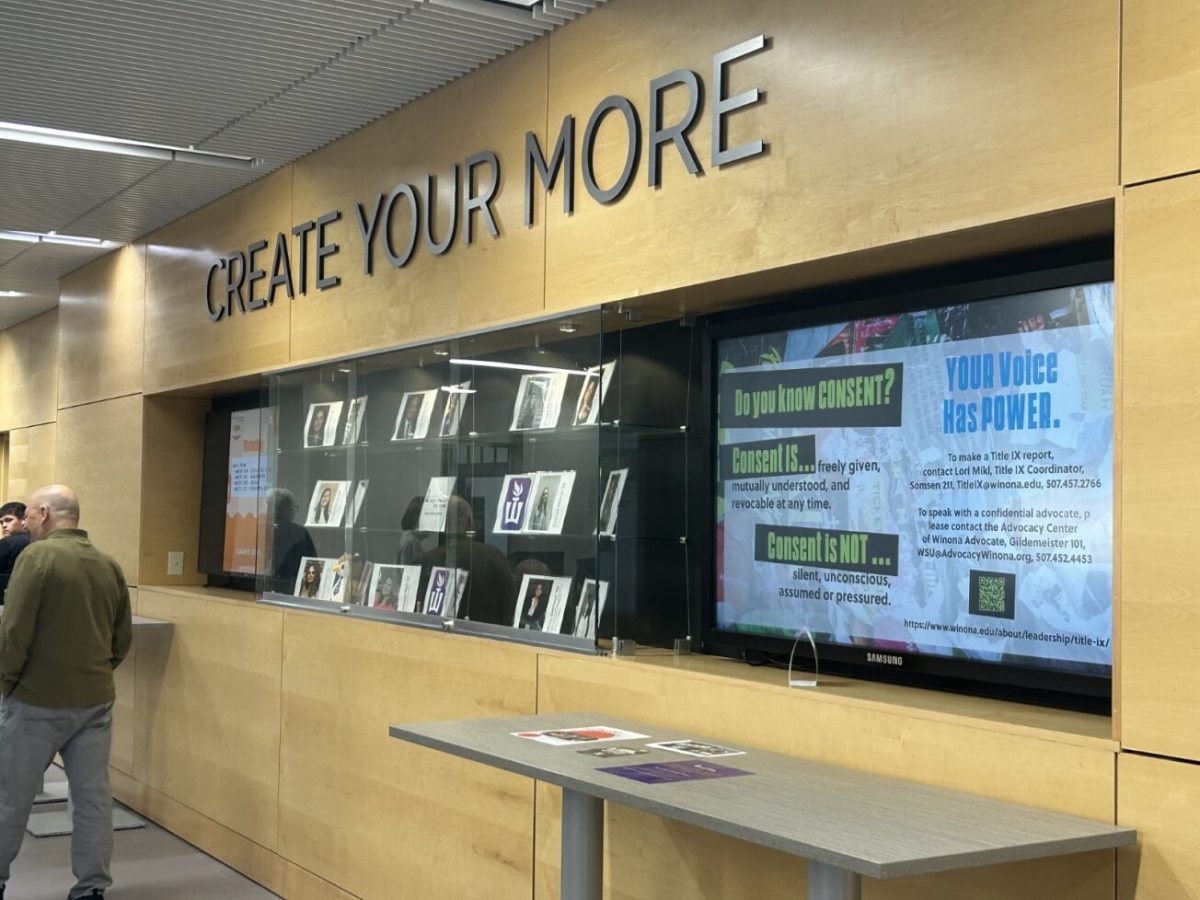
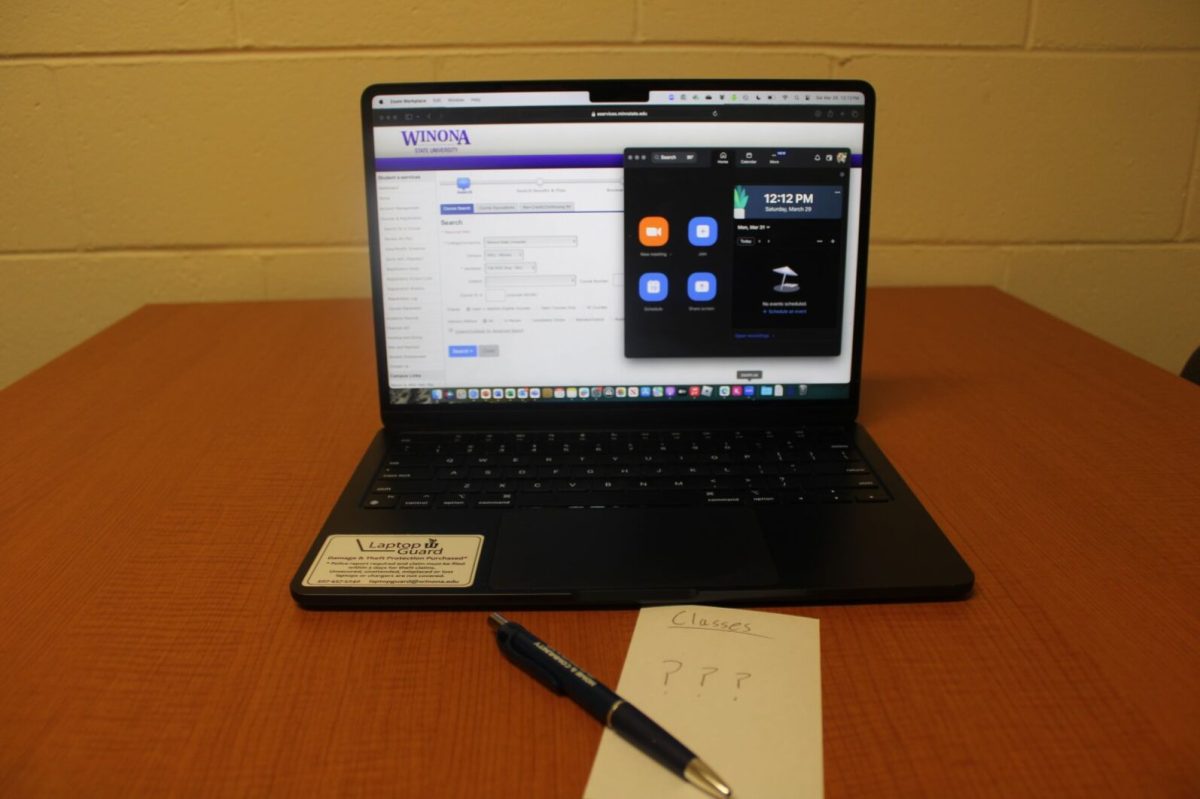

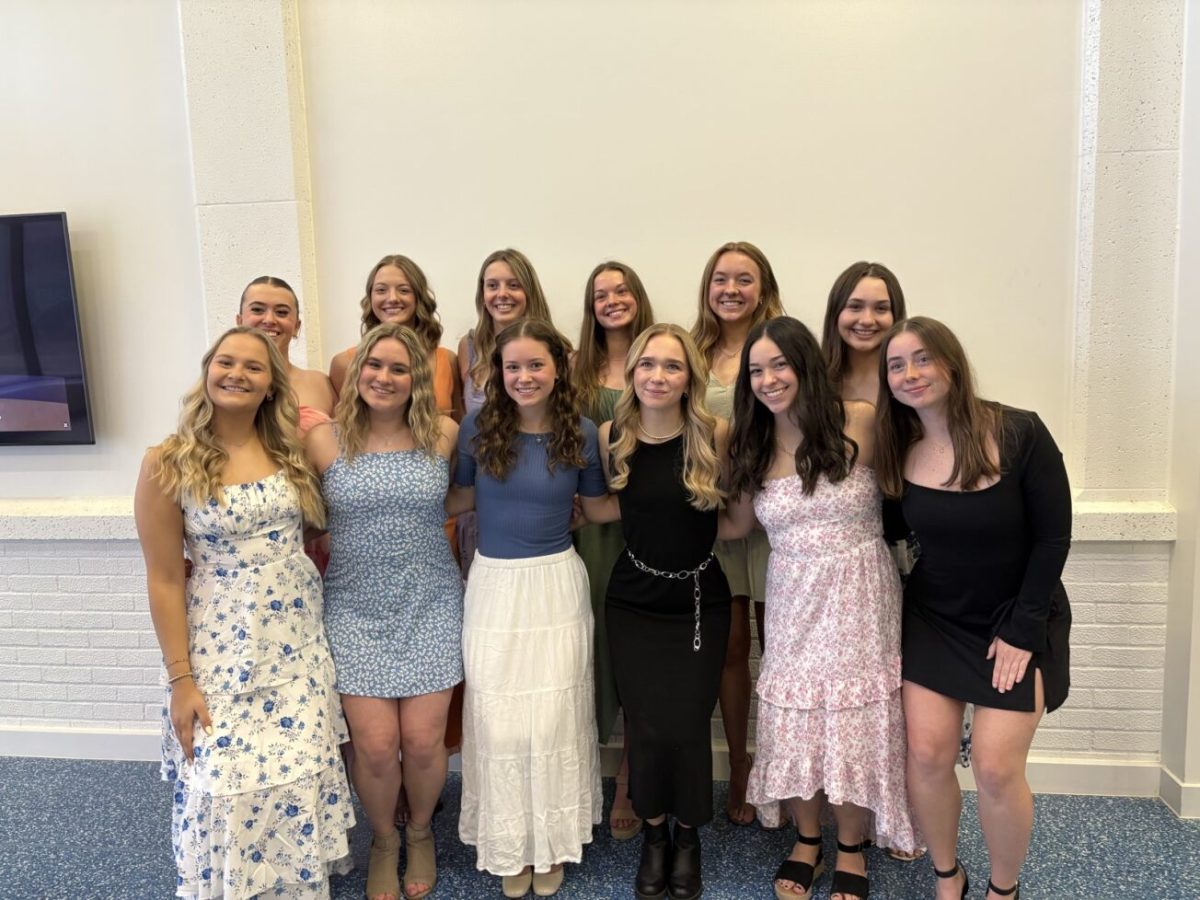
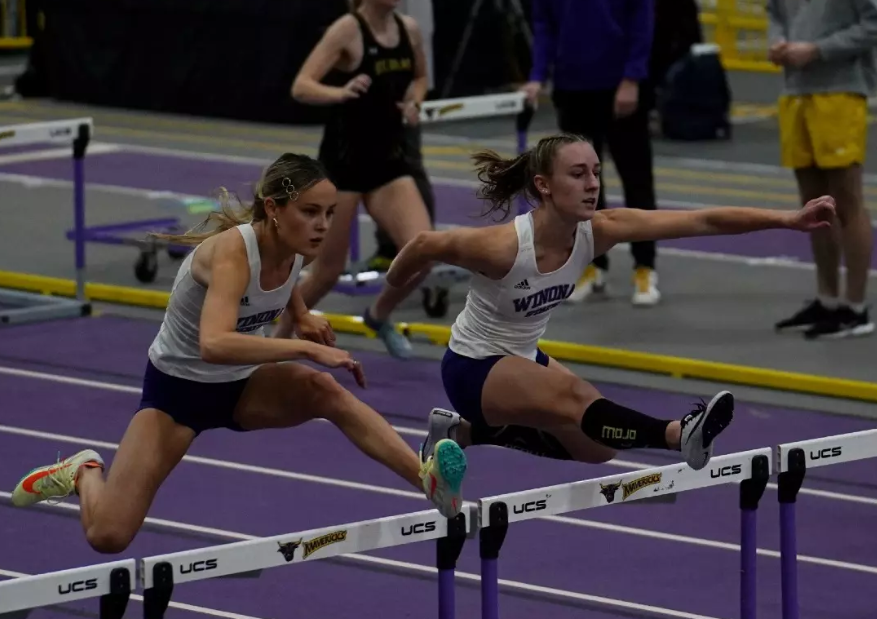
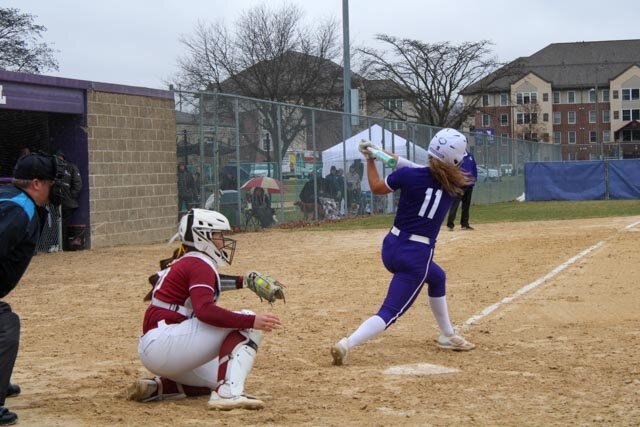
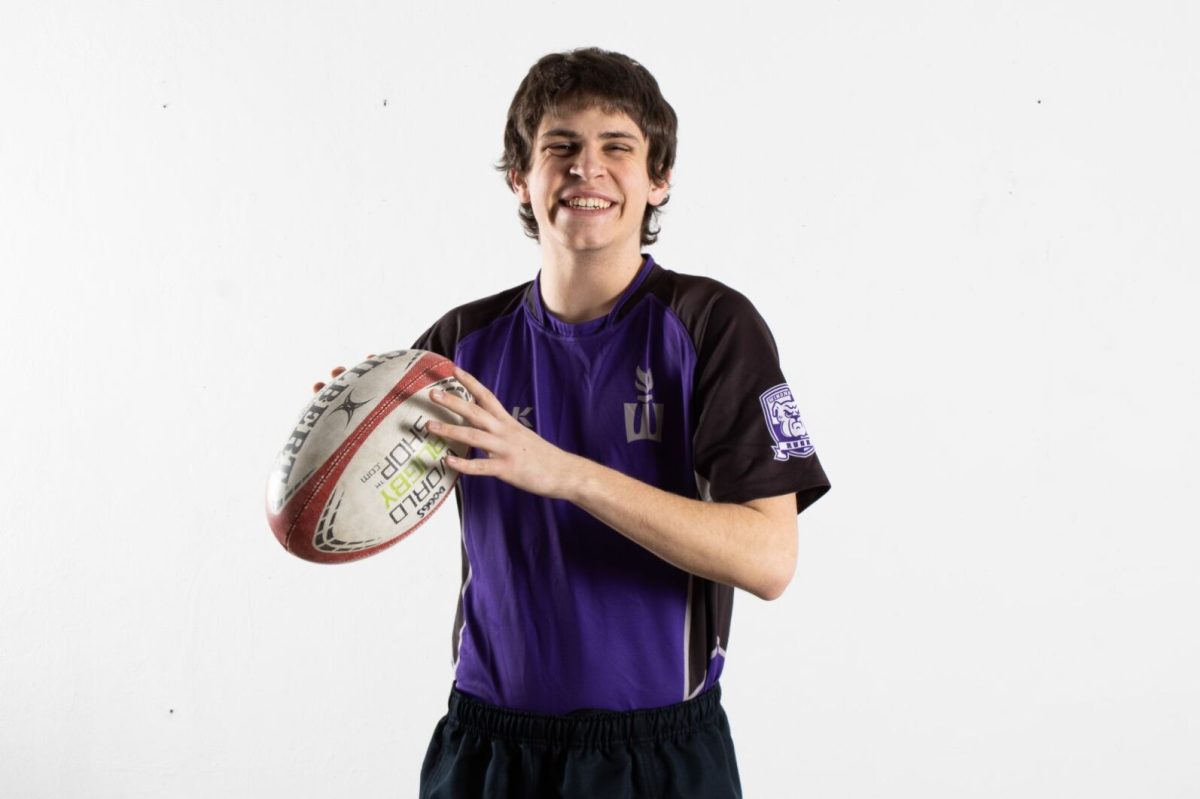
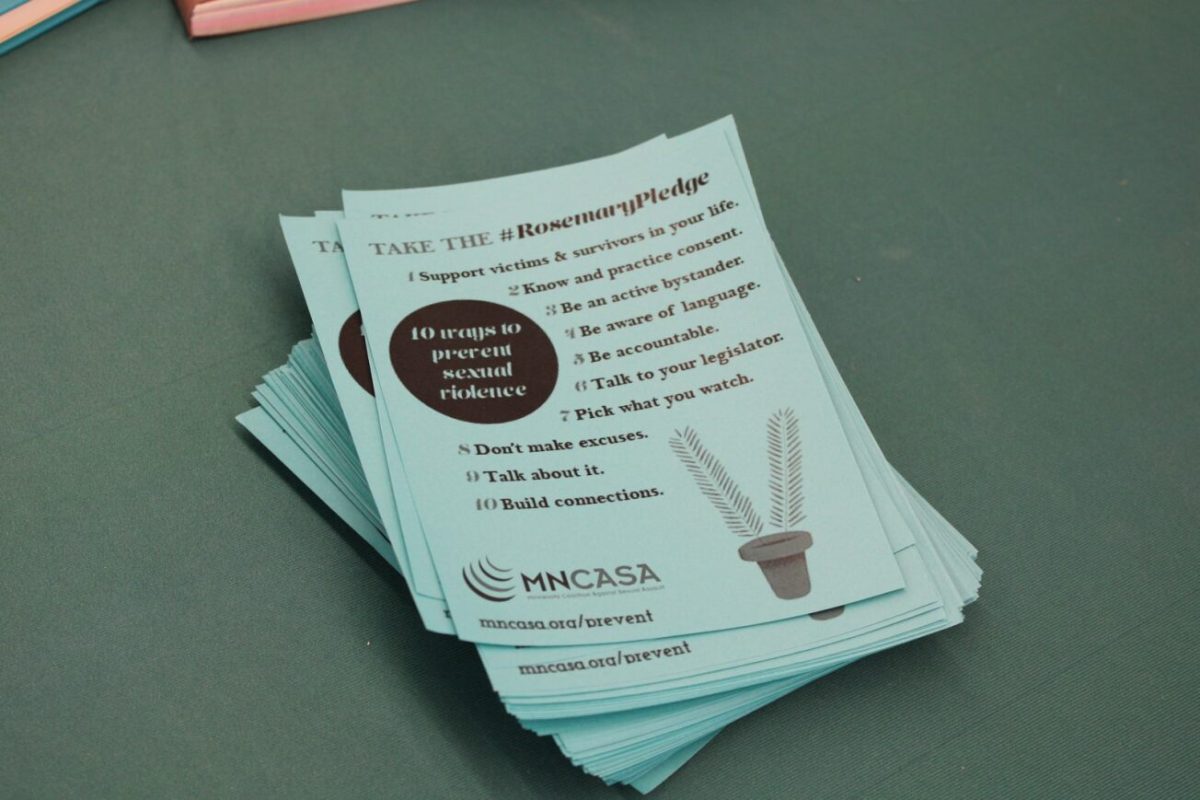
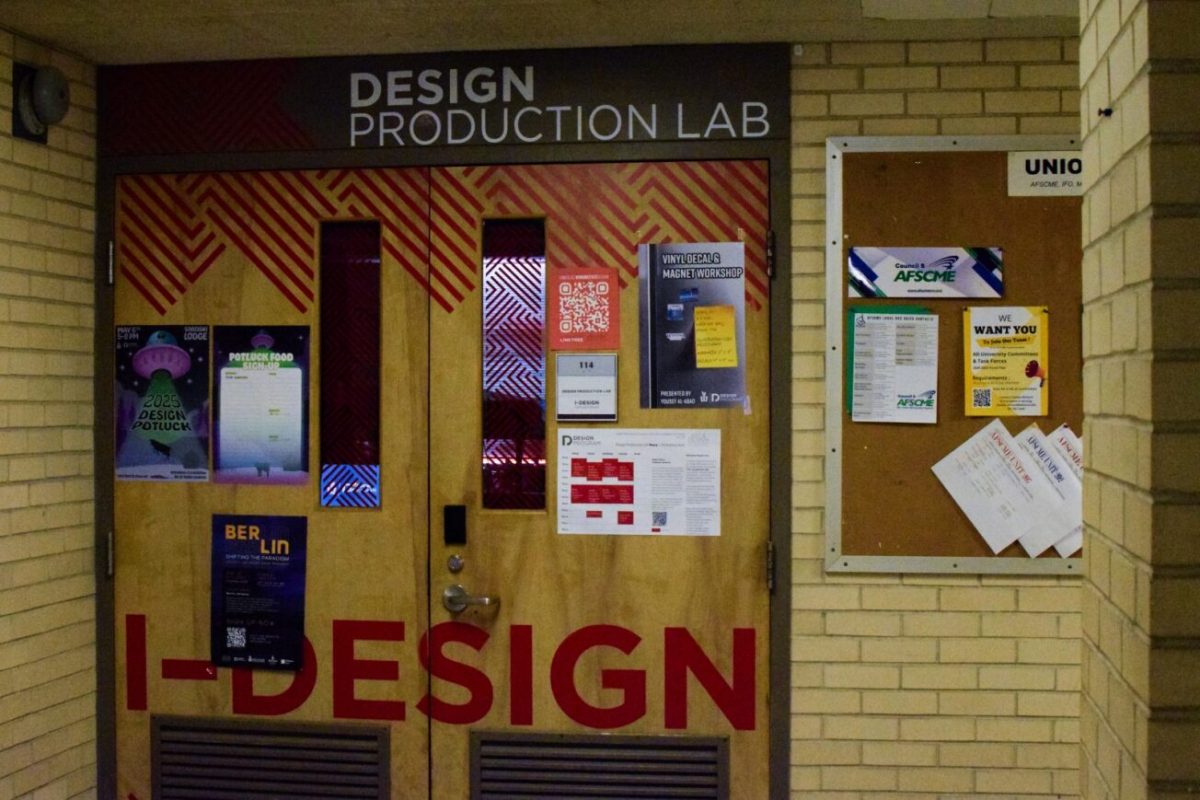










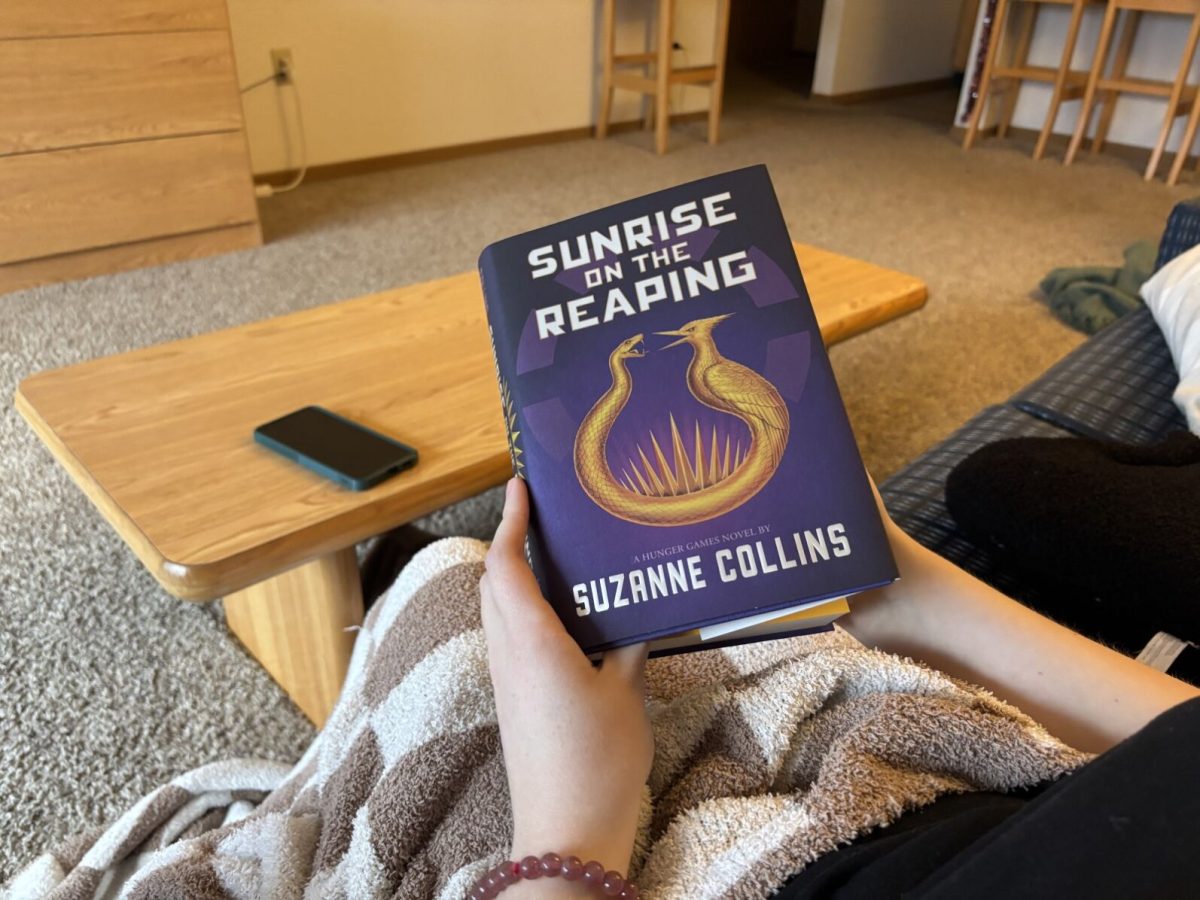


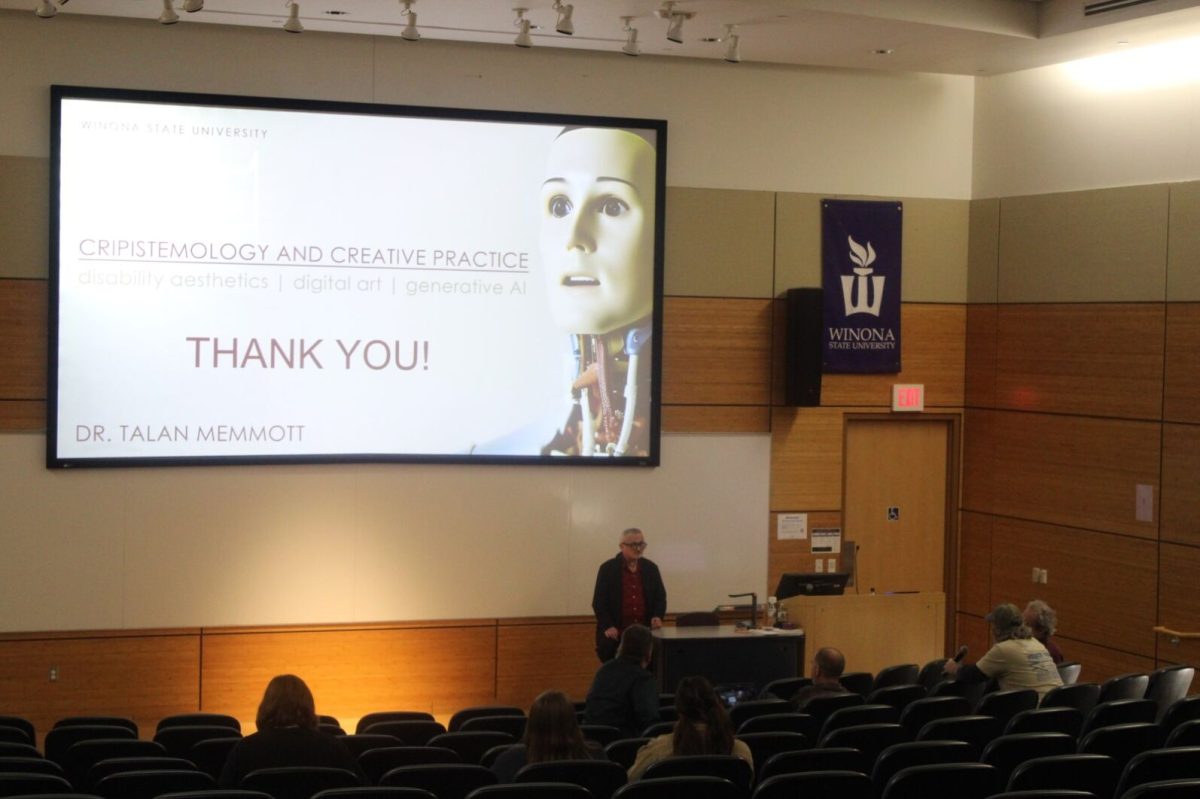


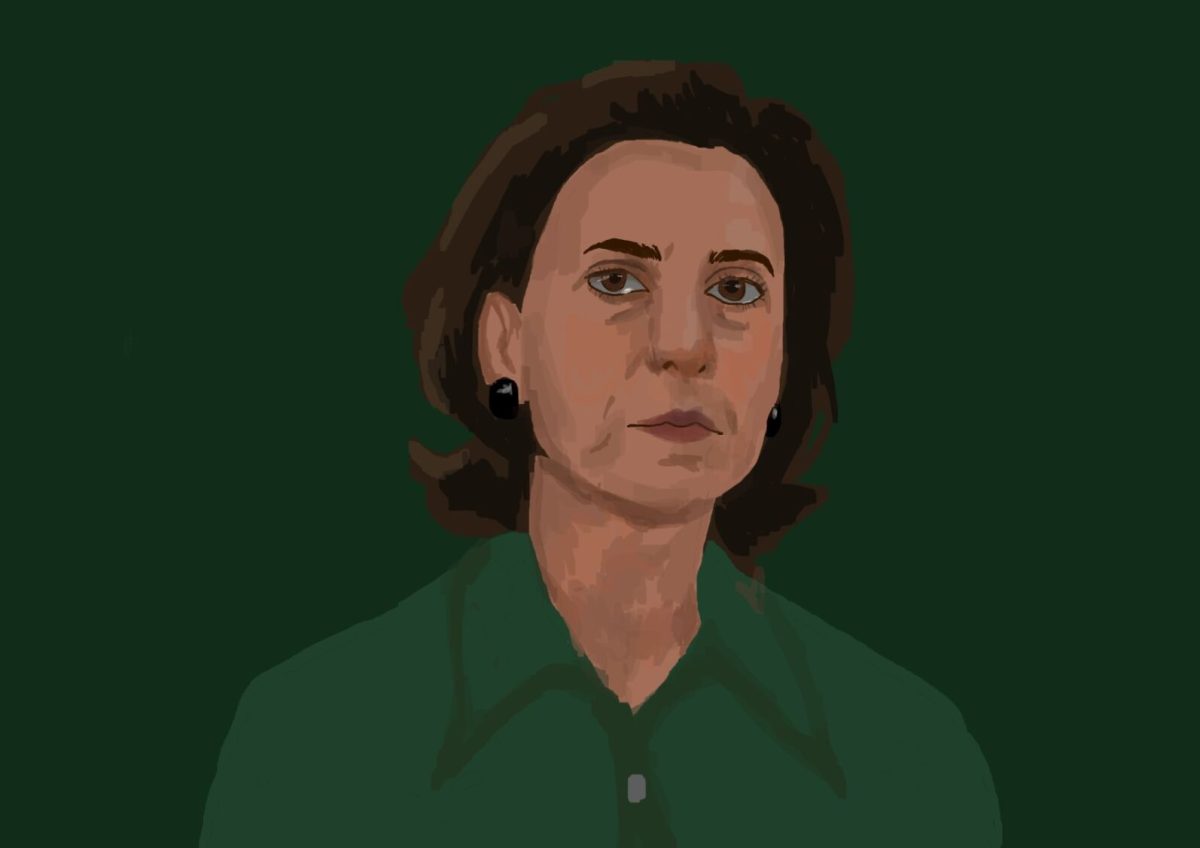






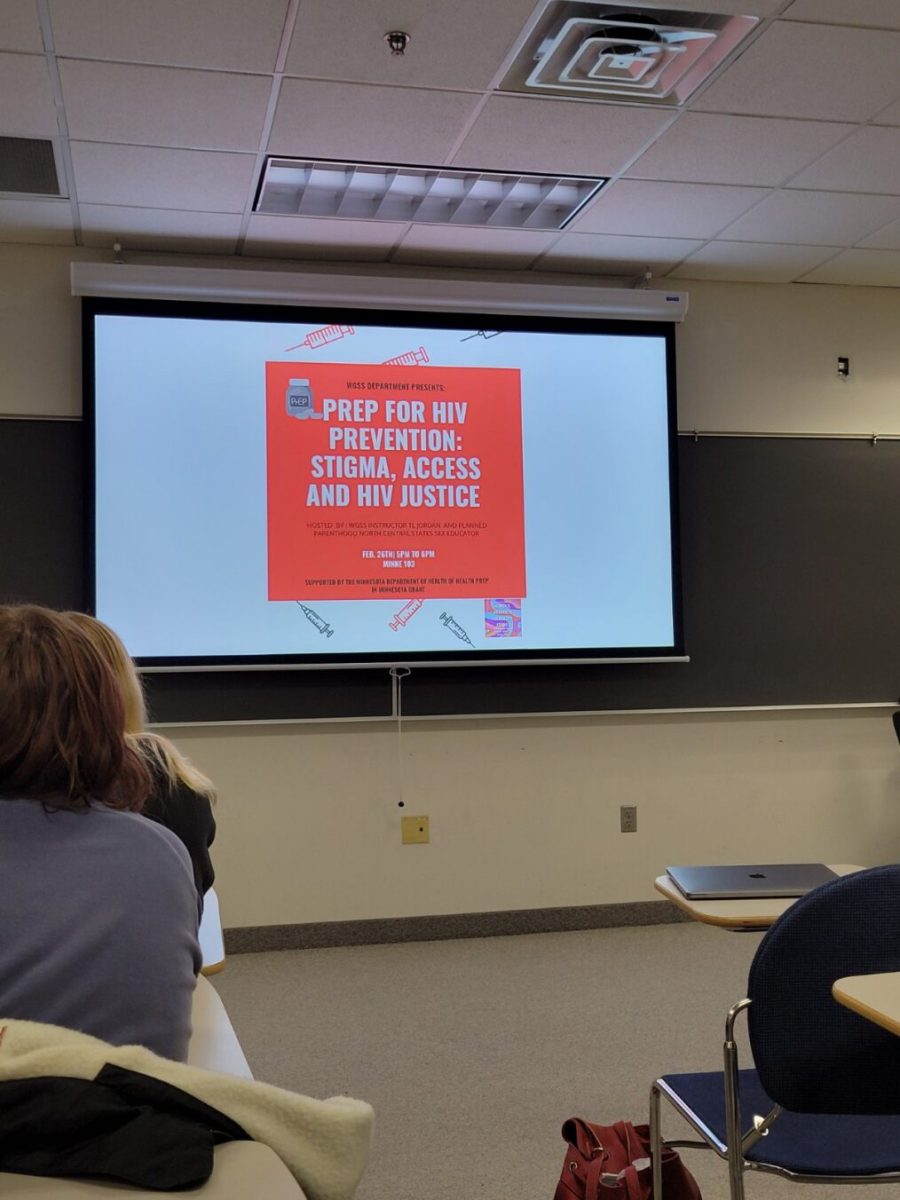


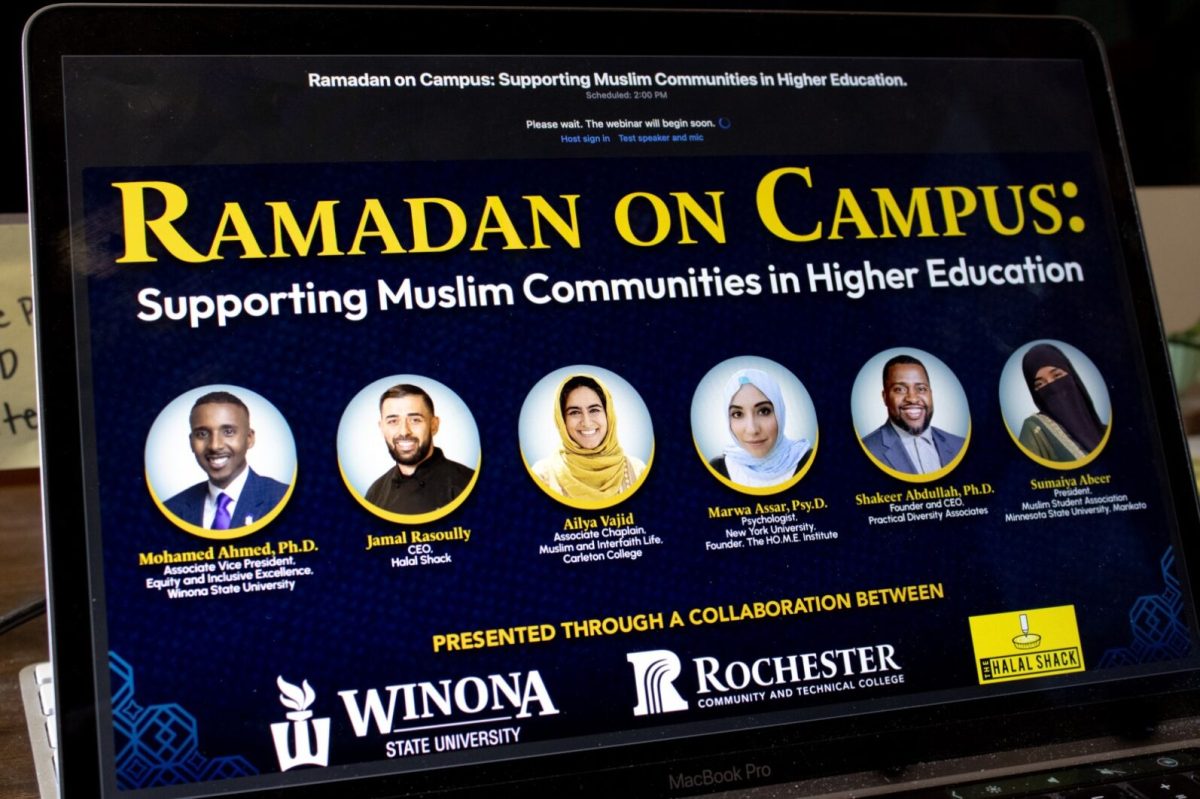




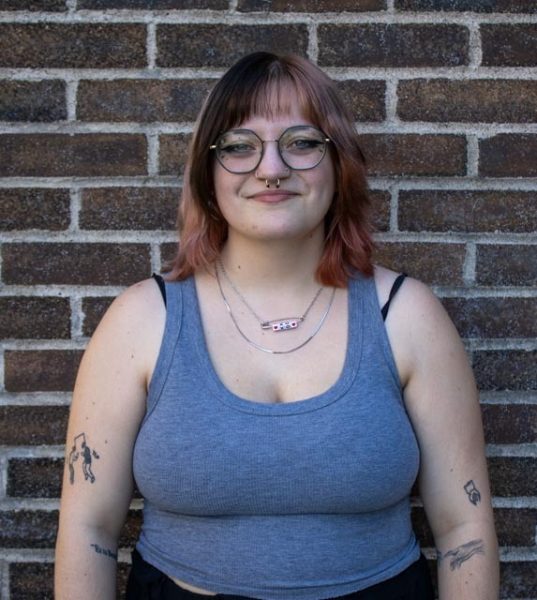
Gabe Schreiner • Nov 13, 2024 at 11:09 am
Very well written, I do believe some accommodations should be made!